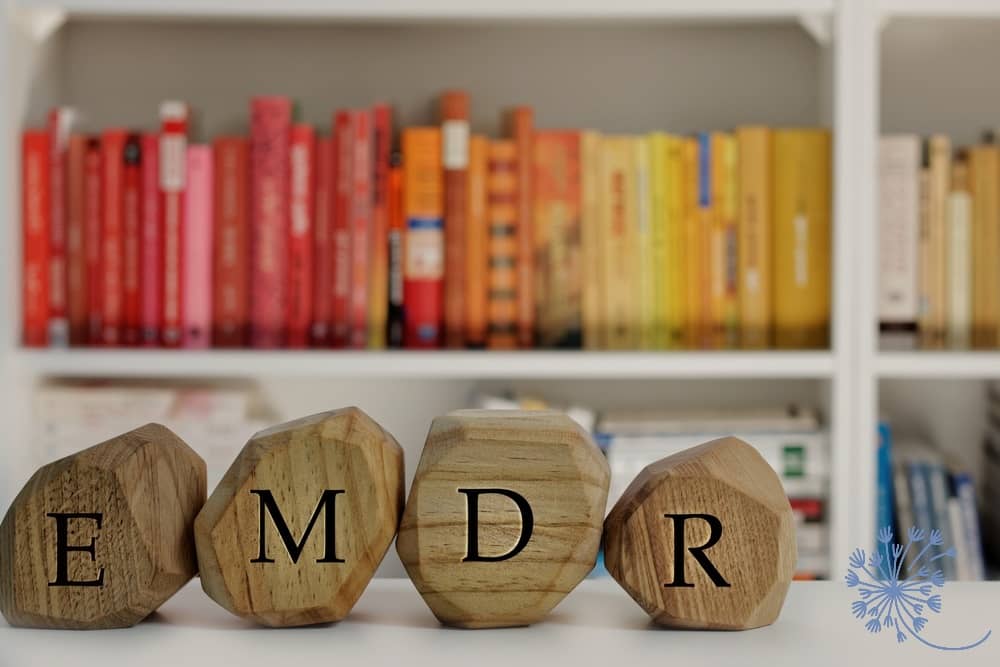Healing from Emotional Abuse with EMDR
Let's explore a transformative therapy called Eye Movement Desensitization and Reprocessing (EMDR) and how it can assist those healing from emotional abuse.
by Pamela Madsen | , updated
Today, I want to dive into a transformative therapy called Eye Movement Desensitization and Reprocessing (EMDR) and how it can be a game-changer for those healing from emotional abuse. As a psychologist, I’ve seen firsthand the profound impact EMDR can have on reclaiming a sense of peace and empowerment after enduring such painful experiences.
Understanding Emotional Abuse
First things first, emotional abuse is no small matter. It can leave deep scars on our self-esteem, sense of worth, and even how we view the world around us. Whether it’s from a partner, family member, or someone close, the effects can linger long after the actual incidents occur. The constant criticism, manipulation, and invalidation can shake our core beliefs about ourselves and our abilities to trust others.
What is EMDR and How Does it Work?
EMDR is a therapeutic approach specifically designed to help process past traumas and distressing memories. It works by targeting the negative beliefs we’ve developed about ourselves due to these experiences and helps reprocess them in a way that reduces their emotional impact. During EMDR sessions, clients recall specific memories while simultaneously focusing on external stimuli like hand movements or sounds that stimulate bilateral brain activity. This process helps unlock the brain’s natural ability to heal from trauma.
Why EMDR for Emotional Abuse?
When it comes to emotional abuse, the wounds are often hidden beneath layers of self-doubt and shame. EMDR can be particularly effective because it helps to neutralize the intense emotions associated with traumatic memories. It allows clients to revisit these painful experiences in a safe environment and reframe them with a healthier perspective. Over time, this can lead to a profound shift in how we perceive ourselves and our capacity for resilience.
What to Expect in EMDR Sessions
EMDR typically involves several phases:
- History-taking and Preparation: Your therapist will gather information about your history and establish a trusting therapeutic relationship.
- Assessment: Identifying specific memories or incidents related to emotional abuse that are causing distress.
- Desensitization: Using bilateral stimulation to process these memories and reduce their emotional intensity.
- Installation: Strengthening positive beliefs and self-esteem to replace negative ones.
- Closure: Ensuring you feel grounded and safe at the end of each session.
Benefits of EMDR for Emotional Abuse
- Empowerment: Clients often report feeling more empowered and in control of their emotions and reactions.
- Reduced Symptoms: EMDR can alleviate symptoms of anxiety, depression, and PTSD that often accompany emotional abuse.
- Healing Trauma: It helps to heal the wounds left by emotional abuse, allowing for a renewed sense of self-worth and inner peace.
- Long-lasting Results: Many clients experience long-term benefits even after completing EMDR therapy, as it equips them with tools to navigate future challenges more effectively.
Final Thoughts
If you’re struggling with the aftermath of emotional abuse, know that you’re not alone and there are effective treatments like EMDR that can help you heal. Finding a therapist who specializes in trauma and EMDR can make a world of difference in your recovery journey. Remember, healing is possible, and you deserve to reclaim your sense of self and well-being.






